Visual dysfunctions, a very common issue
This post is also available in: Deutsch (German) Español (Spanish)
Visual dysfunctions are very common issues affecting approximately 4 out of every 10 children under 15 years.
According to the World Health Organization data, visual dysfunctions affect 4 out of every 10 children under 15 years. But data may vary, as many of these children could have been misdiagnosed with ADD/ADHD or dyslexia. It is estimated that 30% of the cases with Attention Deficit Hyperactivity Disorder are wrongly diagnosed and confused with visual dysfunctions and the 20% in dyslexia. Casual impairment, but also correctable ocular disorders of all types, binocular vision, amblyopia and strabismus, may not be recognised without careful assessment and are frequently unidentified in children.
Nevertheless, once detected such dysfunctions can be improved in 95-100% of the cases through training, where early detection and patient follow-up are crucial for success. Currently only 2% of these patients are being treated and only 1% of optometrists are offering detection and training services for these dysfunctions due to lack of means and resources.
Vision is so much more than simply focusing well
Until today, clinical interest has been focused mainly on obtaining a clear image in the retina without considering the integration of factors such as performance or efficiency of the visual system. However, how the information is decoded and interpreted through learning or identifying previous experiences can be effectively managed. The right visual stimulation at the earliest stages of visual development may avoid long-term limitations.
Assessment and training, real time
WIVI Vision is a new system that recreates real-life scenes through 3D models, in order to stimulate and visually challenge us and interact with them using the latest technologies. While we perform the visual challenge, the system measures ocular parameters and other parameters in real time, meeting clinical conditions of measurement such as distance, movements and positions etc. At the end of each 20-minute session the optometrist or optician is provided with a recommendation or progress report.
50 different parameters of the visual function can be assessed at the same time, resulting in a much more effective system than current measurement instruments and therapies, which only measure from one to four parameters at a time, without user control and freedom of movement. This new and dynamic assessment and training system for the specialist can reach 95% of accuracy in measurements.
Improvement through training is carried out more effectively thanks to patient empowerment. One of the key points of WIVI Vision is that patients get engaged in their own improvement as they are aware of the outcomes. Their progress is partly their responsibility, collaboration and effort.



